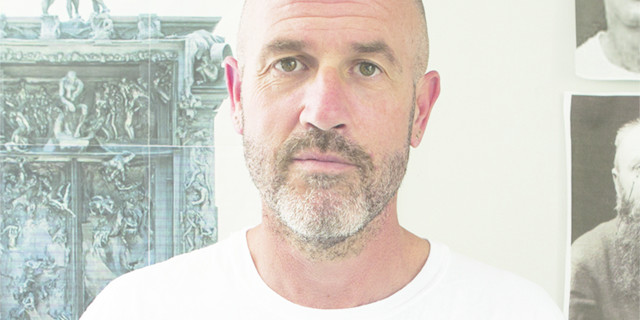No Thanks for the Memories
The back cover of my review copy of Katerina describes it as “James Frey’s highly anticipated new novel, his first in ten years.” This assertion, maybe unsurprisingly for a Frey production, is not exactly true; depending on how you count, Frey has written as many as thirteen novels since 2008. Right there from his Amazon author page I can buy Frey’s The Final Testament of the Holy Bible, a novel in which a contemporary, bisexual, and extremely horny Jesus offers a searing critique of modern society, published in 2011 by the Gagosian Gallery and available in paperback, electronic, and







